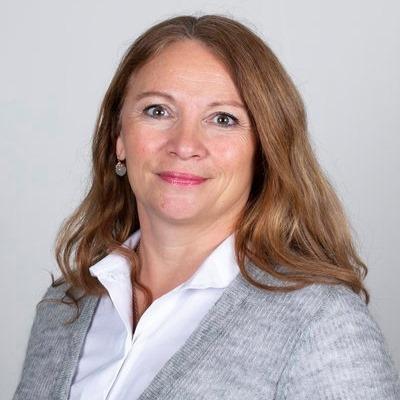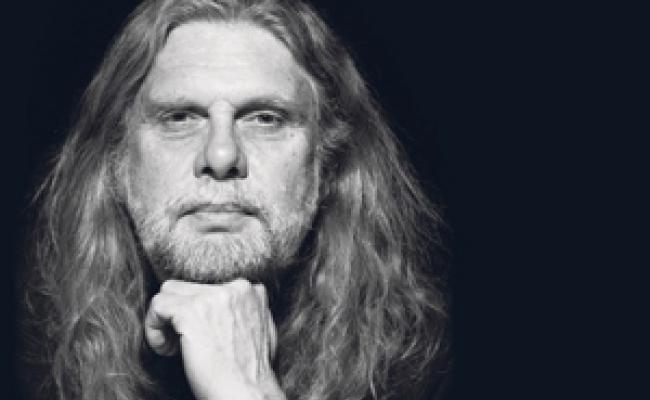Opening of the Northern Norwegian Art Museum in Bodø: Challenges the Neutrality of Museums
Curator Liv Brissach met with the media the day before the official opening to show the exhibition “Everything is Speaking – Stories in Motion.”
Bodø (High North News): Today, the Northern Norwegian Art Museum opens its branch in Bodø. "Museums play an important role in a High North perspective with art as preparedness," says project leader and acting director Hanne Jakhelln.
Today, the Northern Norwegian Art Museum opens its branch in Bodø, Northern Norway. They already have branches in Svalbard and Tromsø, at which they work to create interest in and increase awareness and knowledge of visual arts and crafts in Northern Norway.
The museum has a collection of 2,225 works by artists from the 1600s up until today. The opening exhibition is titled Everything is Speaking – Stories in Motion.” The title comes from the video installation Everything is Speaking by Sissel Mutale Bergh and is inspired by an expression from Trøndelag where many old stories start with "There once was a time when everything spoke," suggesting that not only humans have a voice.
The day before the opening, the media was invited to tour the renovated building from 1949. Curator Liv Brissach guided the media representatives around the premises, elaborating on the exhibition's three themes: "The Gaze," "Food Security – Food Sovereignty," and "Fish, Gender and Sexuality."
The democratic role of museums
At a time when democratic values are diminished across the world, the opening of a new museum in the North feels particularly significant. The Norwegian government describes museums as the foundations on which our democracy rests, part of the essential infrastructure to exercise our democratic rights and our freedom of speech.
What does it mean for the North that the Northern Norwegian Art Museum has its third regional establishment?

Hanne Jakhelln, project manager and Acting Director. (Photo: Muskat AS)
"It is very important. Museums play an important role in the High North perspective as well, with art as preparedness. We are to be an arena where we can discuss art and culture's role. Artists often ask the questions we others don't," says project leader and Acting Director Hanne Jakhelln.
She also emphasizes the availability for those who live in the region.
"The collection belongs to us all. That it is now made available and accessible is very important," she states.
The Minister Laestadius Preaching to the Sàmi (1840) by François-Auguste Biard has been considered a gem in the Northern Norwegian Art Museum's collection and was one of the biggest investments made by the museum.
"The museums' democratic role is very significant. We are supposed to be neutral, but I don't think we necessarily are," says Jakhelln.
The exhibition has also considered the question of the neutrality of museums, particularly regarding the painting The Minister Laestadius Preaching to the Sàmi (1840) by François-Auguste Biard. The painting is considered one of the highlights of the Northern Norwegian Art Museum's collection but plays a different role in this exhibition than previously.
Laestadius is a controversial figure in Sàmi history. He was responsible for the Christianization and Westernization of Sami culture. In examining this painting, the curators have discussed questions about what it means to display works in a neutral way and various interventions that can be used to present works in a non-neutral way.
In this case, the frame has been removed from the painting and placed next to it. Curator Liv Brissach says that the curators have worked with concepts such as 'unhighlighting,' a concept that another curator at the Northern Norwegian Art Museum, Charis Gullickson, has written about in her doctoral thesis.
The installation New Flag (Cloudberries, Lingonberries, Bilberries) by Geir Tore Holm. The piece shows a new way of thinking about the Sàmi flag and the Western flag tradition.
"Museums are not neutral"
Charis Gullickson is part of the "Museums are not neutral," which demands that museums must change and become democratic, equal, and relevant institutions.
On its website, the association writes, "The museum is a public institution with great authority that makes choices and sets priorities for both today and the future. In their selection and presentation of art, art museums decide what has value. It affects our democratic values and truths. What we see or do not see in art museums says something about who we are and what defines our identity."
In an interview with the magazine Kunsthåndverk, Gullickson says this about the Laestadius painting:
"You cannot separate the work from the colonial background in which it was created, and this work has a complex history. Laestadius has done many good things, but he has also been problematic. So why don't we talk about the less glamorous side? I think the museum is acting unethically by displaying the painting without providing background information. In this way, we may be helping to confirm racist attitudes."


